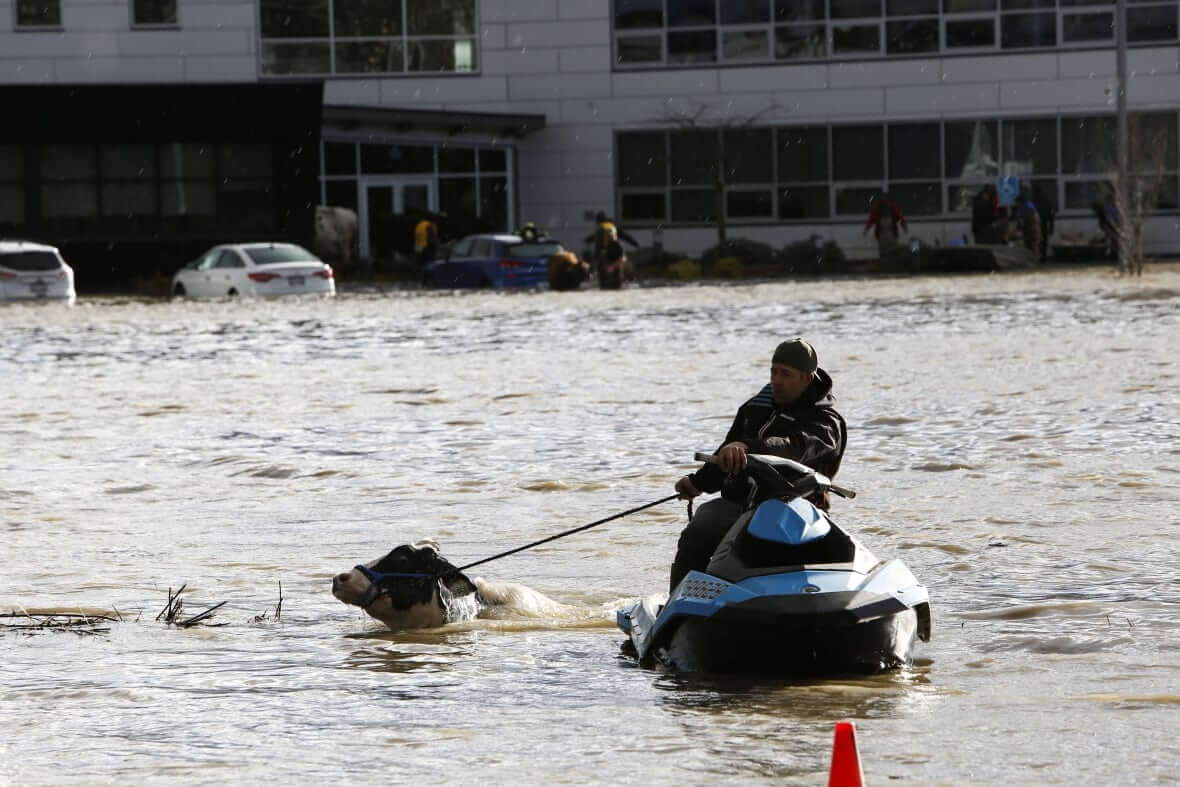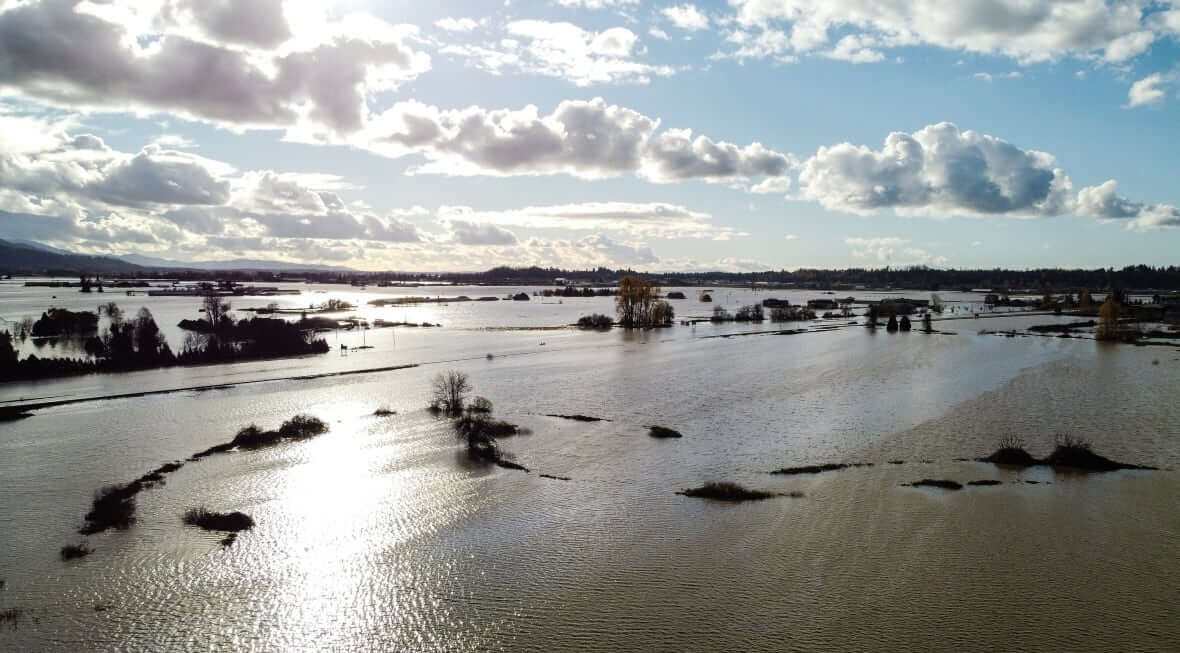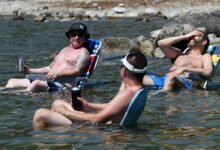Mammoth cleanup to begin in B.C. as flood waters recede

British Columbia has begun the mammoth task of assessing damage to its transportation networks, infrastructure and thousands of properties along the southern part of the province in the wake of devastating floods. The province also expects the death toll to rise.
Thousands of people remain out of their homes and thousands of farm animals and livestock were also imperilled as waters washed away homes and left farms under metres of water as the province declared a state of emergency on Wednesday.
The flooding was caused by record rainfall last weekend.
The state of emergency will last two weeks and could be extended. It allows the government greater control over supply chains, as access to Metro Vancouver remains constrained by damaged highways.
A handful of Canadian Armed Forces members have arrived in the province to assist, the first of what Prime Minister Justin Trudeau has said could be several hundred troops.
The Canadian Joint Operations Command says nine members of the Edmonton-based 3 Canadian Division Immediate Response Unit arrived in B.C. overnight to start scoping out the scene before planning and co-ordinating ongoing relief efforts.
One woman has been confirmed killed in a mudslide on Highway 99, but B.C. Premier John Horgan said he expects officials to confirm more deaths in the coming days.
Thousands of animals have perished in the floods and the government says it will work to get veterinarians into farms to treat animals. Some of the animals that escaped the floods are expected to be euthanized.
“It is a very difficult time for our producers,” B.C. Agriculture Minister Lana Popham told a news conference, nearly in tears as she described the widespread flooding as an “agricultural disaster.”
Popham said hundreds of farms have been affected provincewide by the floodwaters, many in the Fraser Valley, about an hour’s drive east of Vancouver.
The region has been one of the hardest hit by floods, with evacuation orders still in effect for the city of Abbotsford.

Water levels drop in Fraser Valley
Abbotsford, known for its rich farmland, is home to roughly half of all the dairy farms in British Columbia. Dozens of dairy and chicken farms have been overwhelmed by water in the low-lying, rural area of Sumas Prairie, the hardest-hit area east of the city’s centre.
The region escaped a more catastrophic flood Tuesday night after volunteers helped build sandbanks around a pumping station, according to Mayor Henry Braun.
Residents in some areas of Abbotsford and the nearby town of Chilliwack were endangered when officials warned the Barrowtown pump station was in imminent danger of failing. The station is the only thing keeping excess water from the overflowing Fraser and Nooksack rivers from entering the flooded area.
By Wednesday, Braun said water levels were dropping and the city might soon be able to open floodgates, relieving some of the pressure on the pumping station.
Chilliwack downgraded an evacuation order for the community of Yarrow and Majuba Hill in Chilliwack to an evacuation alert Wednesday evening due to the improving situation.

Some highways reopen
However, provincial officials have urged residents to avoid travel unless it’s essential even as some highways opened around the province.
Highway 7, a key link between the Lower Mainland and the communities of Hope and Agassiz to the east, was opened Wednesday to permit westbound traffic, allowing people who were trapped in Hope to return to Metro Vancouver. A train carrying 200 people stranded in Hope when the highways closed also arrived in Vancouver late Wednesday night.
Most of the major highways, including the east-west Trans Canada Highway and the Coquihalla (Highway 5), remain damaged by significant washouts.
“Our focus is on clearing, repairing and reopening roads to connect the Interior and the North to the Lower Mainland and Vancouver Island, to get our supply chains moving,” Transportation and Infrastructure Minister Rob Fleming said in a statement.








Redes Sociais - Comentários